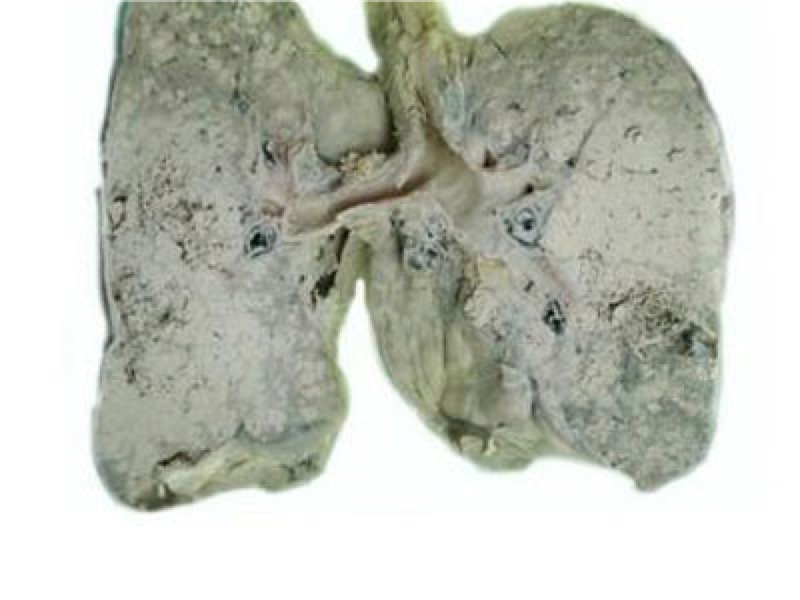Can inflammatory pseudotumor be cured?
Can inflammatory pseudotumor be cured? Inflammatory pseudotumor, although there is a word "tumor" in the name, but it is not a tumor, but inflammation, the disease is still more common in life, the general incidence is relatively Suddenly, it is often accompanied by symptoms such as eye pain, double vision, and vision loss. Therefore, active treatment is required. Can the inflammatory pseudotumor be cured? 
Inflammatory pseudotumors are similar to tumors, but it It is an immunoreactive disease. It can occur at any age. It is more common in people over 40 years old, more men than women, and can occur in one or both eyes. A small proportion of patients can be accompanied by similar lesions in other parts of the body. As long as they are scientifically treated, they can be cured.
Treatment principles
1. Treat with anti-inflammatory drugs such as corticosteroids first, supplemented with antibiotics.
2. Poor corticosteroid treatment is poor or relapses after dose reduction, or long-term use of corticosteroids with systemic complications may consider radiation therapy.
3. Both drugs and radiotherapy are not effective, or the diagnosis is difficult to determine, and the eyeballs are severely protruded. Partial or complete resection of the operation can be tried and continued with corticosteroids after surgery.
Medication principles
1. If the diagnosis is clear, the general case is oral cyclophosphamide, supplemented by antibiotics and supportive treatment.
2. In severe cases, intravenous dexamethasone, oral cyclophosphamide and potassium iodide, supplemented with antibiotics and supportive treatment.
3. For those with poor drug treatment, radiation therapy may be considered.
4. If the drug and radiotherapy are not effective, you can try surgical resection and post-operative treatment with corticosteroids.
According to histological changes, the disease can be divided into lymphocyte infiltration type, fibroproliferative type and mixed type. The main clinical manifestations include eye pain, redness and swelling of the eyelids and conjunctiva, protruding eyeballs, eye movement disorders, and decreased vision. Anti-inflammatory treatments such as corticosteroids can alleviate the condition, but are prone to relapse.
Related Articles

- Early Signs of Bladder Cancer
- What are the early symptoms of bladder cancer?
- 2020-12-17

- How to prevent depression
- How to prevent depression?
- 2020-12-17

- Early symptoms of lung cancer
- 2020-12-17

- Symptoms of depression
- What are the symptoms of depression?
- 2020-12-17

- Drinking water can prevent heat stroke
- Actually, the hot weather is not the direct cause of heat stroke. Heat stroke is mostly caused by sweating caused by heat. Under the high temperature in summer, the body sweats tens of tim
- 2020-08-03

- Office workers should beware of cervical spondylosis
- Cervical spondylopathy is mainly caused by degeneration of cervical intervertebral disc and hyperostosis of cervical spine, with neck and shoulder pain, numbness of upper extremities and d
- 2020-08-03
